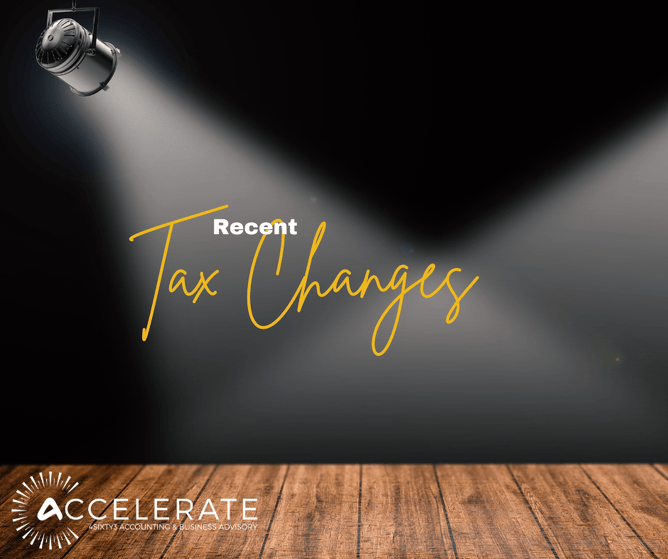Rate changes for the 2025 year are here!
Each year IRD updates the rates, these were released early June 2025 relating to the 2025 financial year.
Motor Vehicle Mileage Rates
For business customers that use their personal motor vehicle for business related purposes, there are two ways that the business cost can be reimbursed. Either using the milage rates (as below) or choosing to keep records of actual vehicle expenditure to calculate the claim for the business use. It is also accepted that these rates can be used by employers as a reasonable estimate for reimbursement of expenditure incurred by employees for the use of a private vehicle used for business purposes.
The new rates are:
Vehicle Type | Tier One Rate | Tier Two Rate |
|---|---|---|
Petrol | $1.17 | 37 cents |
Diesel | $1.26 | 35 cents |
Petrol Hybrid | 86 cents | 21 cents |
Electric | $1.08 | 19 cents |
The Tier One rate relates to all mileage up to 14,000kms in a year and reflects an overall increase in vehicle running costs largely due to fuel, insurance and interest rates. The Tier Two rate relates to all mileage over 14,000kms in a year and reflects running costs only.
Home Office Square Metre Rate
For business customers that make their private home available for business use, there are two ways that the business portion of the home costs can be reimbursed if there is a connection between the use of your home and the business income being generated. Either by claiming a portion of the household expenses based on the area of the home that you use for business or choosing to use the Squash Metre Rate as an alternative option.
The Square Metre increases from $53.10/sqm to $55.60/sqm for the 2025 year.
For the apportionment method, you can claim a % of the rates, insurance, electricity, rent or mortgage interest, and 50% of the telephone landline; all business related toll costs are 100% deductible. Internet costs can also be claimed based on the % used for business based on a fair and reasonable result.
For the Square Metre Rate, you still claim a % of the rates, rent or mortgage interest however for all other household expenses the claim is determined by taking the office space (in square metres) and multiplying that by the square metre rate.
Standard Cost Household Services for private boarding providers
If you have boarders or home-stay students then you will need to pay tax on the income that you receive if the income is higher than the total costs. Costs can be determined in two ways, either actual costs or using the weekly standard cost per boarder per week. IRD also have a worksheet to help you with the calculations (Form IR1255).
The weekly standard cost per boarder has increased from $231/week to $237/week for the 2025 year. Criteria applies to be able to use the standard cost method.
Using the standard cost method, if you have a boarder and the weekly board payment is below this value, then you don’t need to return as taxable income and therefore you get no tax deduction. If the weekly board amount exceeds this value, then you need to return the board amount as taxable income however, expenses can be deducted at either the actual % rate or the standard cost rate per boarder.
Standard Cost Household Services for short-stay accommodation providers
The daily standard cost for each guest has increased from $61/day to $63/day for owned properties or from $55/day to $57/day for rented properties for the 2025 year, a CPI increase (criteria applies). If you provide short-stay accommodation and the daily payment received per guest is below this value, then you don’t need to return as taxable income. If the daily payment received per guest exceeds this value, then you need to return the excess as taxable income (i.e. income less daily costs = taxable income). As an alternative, actual costs can be used.



